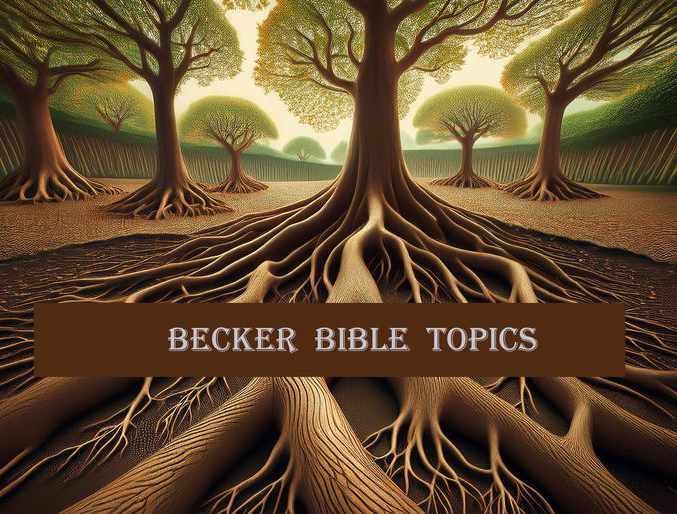
A son of Ishmael… Genesis 25:13


Kathy L McFarland Bible Studies, Writings, Scholarship, and Works

A son of Ishmael… Genesis 25:13

Town:
A town of Judah… Joshua 15:1, 3
Date:
Date set by Haman for massacre of Jews… Esther 3:7,13
Date adopted for Purim… Esther 9:19, 2, 26
Date of completion of Temple… Ezra 6:15

Expressive of Christ… 1 Corinthians 15:20-24; 1 Corinthians 15:45

In Naphtali… Joshua 19:33

City of Naphtali… Joshua 19:35, 36

Creation of:
In God’s image… Genesis 1:26, 27
By God’s breath… Genesis 2:7
A living soul… 1 Corinthians 15:45
From dust… Genesis 2:7
Before Eve… 1 Timothy 2:13
Upright… Ecclesiastes 7:29
Intelligent being… Genesis 2:19, 20
Position of, first:
Worker… Genesis 2:8, 15
To receive God’s law… Genesis 2:16, 17
Husband… Genesis 2:18-25
Man to sin… Genesis 3:6-12
To receive promise of the Messiah… Genesis 3:15
Father… Genesis 4:1
Head of race… Romans 5:12-14
Sin of:
Instigated by Satan… Genesis 3:1-5
Prompted by Eve… Genesis 3:6
Done knowingly… 1 Timothy 2:14
Resulted in broken fellowship… Genesis 3:8
Brought God ‘s curse… Genesis 3:14-19
Descendants of, are all:
Sinners… Romans 5:12
Subject to death… Romans 5:12-14
Scattered over the earth… Deuteronomy 32:8
In need of salvation… John 3:16
Place
Site of Jordan’s waters rising to let Israel pass over… Joshua 3:16
Last
Prefigured in Adam… Romans 5:14
Gift of, abound to many… Romans 5:15
A quickening spirit… 1 Corinthians 15:45
Spiritual and heavenly… 1 Corinthians 15:46-48

Hamans’ son… Esther 9:8, 10

1. The maternal grandfather of Josiah… 2 Kings 22:1
2. A Levite… 1 Chronicles 6:41
3. Son of Shimhi… 1 Chronicles 8:21
Called Shema… 1 Chronicles 8:13
4. Aaronite priest… 1 Chronicles 9:10-12
5. The father of Maaseiah… 2 Chronicles 23:1
6. A son of Bani… Ezra 10:29
7. Another of a different family of Bani… Ezra 10:34, 39
8. A descendant of Judah… Nehemiah 11:4, 5

1. One of Lamech’s wives… Genesis 4:19
2. One of Esau’s wives… Genesis 36:2, 4, 10, 12
Also called Bashemath… Genesis 26:34

A city of Judah… Joshua 15:22